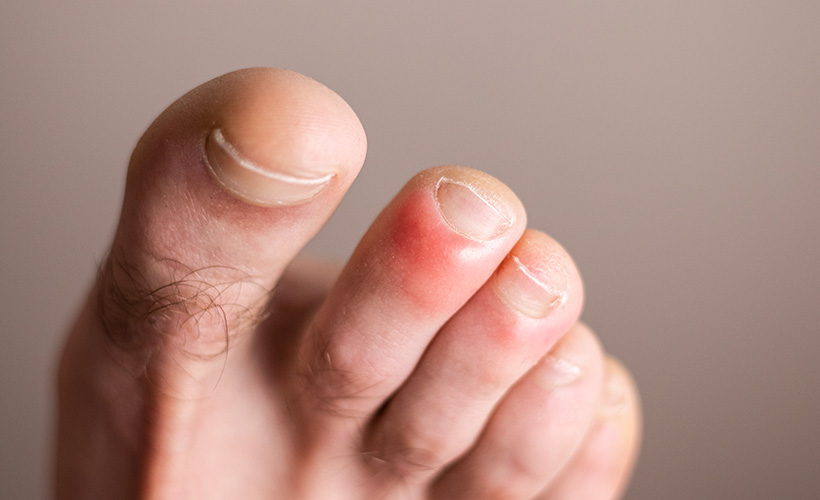What is Colic & Reflux?
Colic is when a baby cries for several hours a day and there is no obvious cause. It usually happens at the same time of day or night between the age of six weeks and six months. Often the baby draws their knees up and is hard to comfort. Approximately 20% of babies suffer from this.
Dr Kate Baddock, chair of the GP Council, says that colic is the waves of pain associated with distension of the bowel – usually with air.
Reflux, on the other hand, says Kate, is the movement of fluid, food and sometimes acid into the oesophagus. “Babies are born with a short, wide oesophagus so milk refluxes easily and sometimes copiously. This results in spilling.”
More than half of all infants experience reflux symptoms to varying degrees.
What Causes Colic and Reflux?
There are many ideas on what causes colic and reflux. Above all, the cause and severity can differ widely. It helps to look at all options with Plunket or your midwife, your GP, and complementary health professionals such as naturopaths and osteopaths.
Plunket and natural health professionals tend to agree that a baby’s digestive system is immature and can sometimes have trouble digesting foods. If this is combined with not enough winding, ie. burping, then the baby can experience pain and discomfort. Fortunately there are ways to help reduce the symptoms of colic and reflux.
Rule of 3 – How to Know if it’s Colic
Colic is often defined by the “rule of three”: crying for more than three hours per day, for more than three days per week, and for longer than three weeks in an infant who is well-fed and otherwise healthy. Colic doesn’t last forever but for some parents it can feel like it. It typically starts from around 2 – 3 weeks old, reaching its peak around 6 weeks old, and then tapers off by 3 months of age.
Diet & Other Contributing Factors
Certain foods can trigger reflux or colic. If breastfeeding, this relates to the food a mother eats or drinks.
“Dairy foods can affect some babies while others are affected by so-called gassy foods such as onions, broccoli and beans,” says Allison Jamieson, a clinical advisor at Plunket. “Some others can be affected by spicy foods, while other babies are not – every child is different.”
Mothers can test whether a certain food is affecting their baby by cutting back on it but need to ensure their own nutritional needs are being met. A healthcare professional, such as a Plunket nurse, can help by suggesting alternative foods that a mother can consume to meet her own needs as well as her baby’s.
Rebekah Paddy, a naturopath and director of Mother-Well Holistic Health clinic in Auckland, agrees that dairy is a major culprit. She usually suggests that mothers avoid coffee, chocolate, alcohol and dairy for two to three weeks to see if this makes a difference.
“If not breastfed, the baby’s formula needs to be looked at. Often using a lactose-free formula can reduce wind build-up,” she says. It is important to get advice from an infant health specialist if changing formulas.
Rebecca says there can be a number of other different causes for colic and reflux, such as babies having had their digestive ability affected by being born by C-section (thereby missing out on good bacteria in the birth canal) or because the mother was on antibiotics during pregnancy or while breastfeeding. Again, this can mean more wind and pain in a baby’s gut. Probiotics for both mothers and infants can help counteract this.
Gone With The Wind
Almost every health professional agrees that babies who are not winded enough can suffer from colic or reflux.
Philippa Murphy, a postnatal liaison educator who has also worked as a maternity nurse, says all levels of reflux are formed by an overabundance of wind or/and feeding imbalances.
Her book BabyCues – Prevent and Remedy Colic, Reflux, Lactose and Dairy Overload supports and guides parents through winding and other techniques. Philippa says she focuses on winding as she believes many parents do not have enough knowledge in this area. She suggests that parents should be winding based on the age of the child: a 0-2 week-old baby should burp five to ten times after a feed, a 3-8 week-old baby should burp 15-20 or more times and an 8-12 week-old baby should burp 20 times or more.
“Parents obviously found it unusual at first but the results spoke for themselves,” says Philippa.
In regard to feeding imbalances, Philippa says a baby may be getting more lactose (milk sugar) than they can cope with in one sitting, which creates gas pains. Unfortunately, a parent will often misread the signs and feed an agitated baby again, thereby worsening the problem.
She believes that balanced feeding practices and the optimum releasing of wind equals long periods of deep sleep for babies (ie. longer than one 45-minute sleep cycle). This deep developmental sleep is important for all babies in the early stages of life.














Community